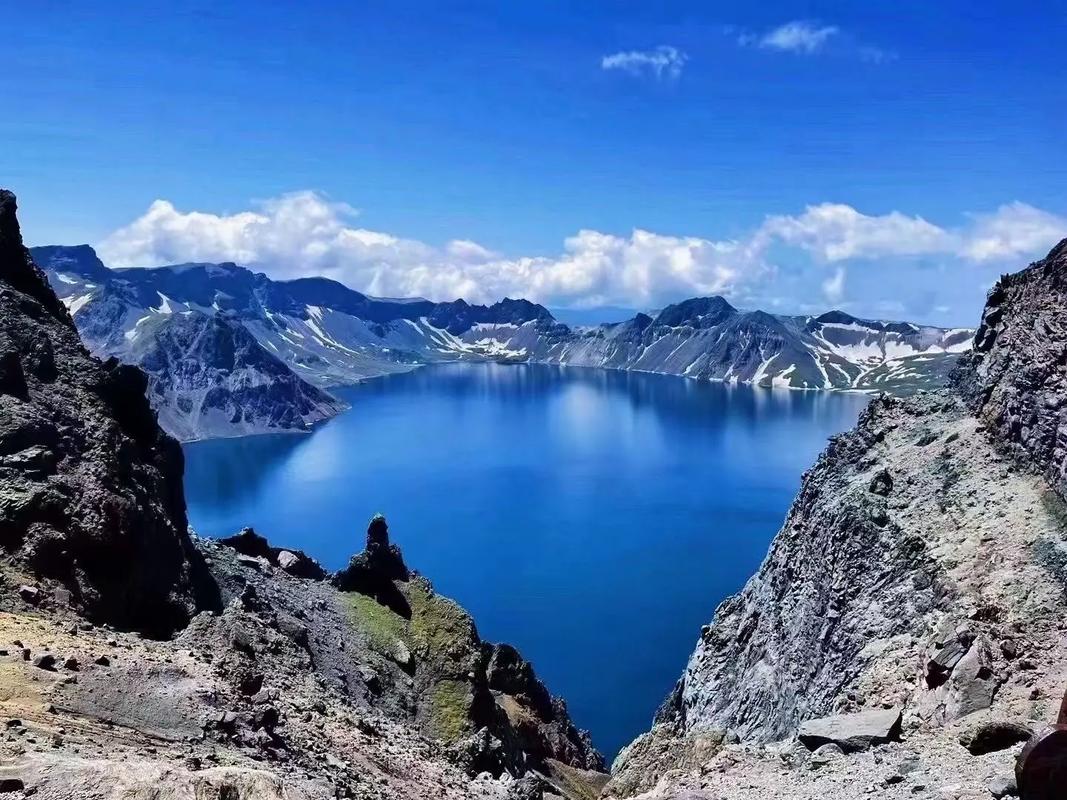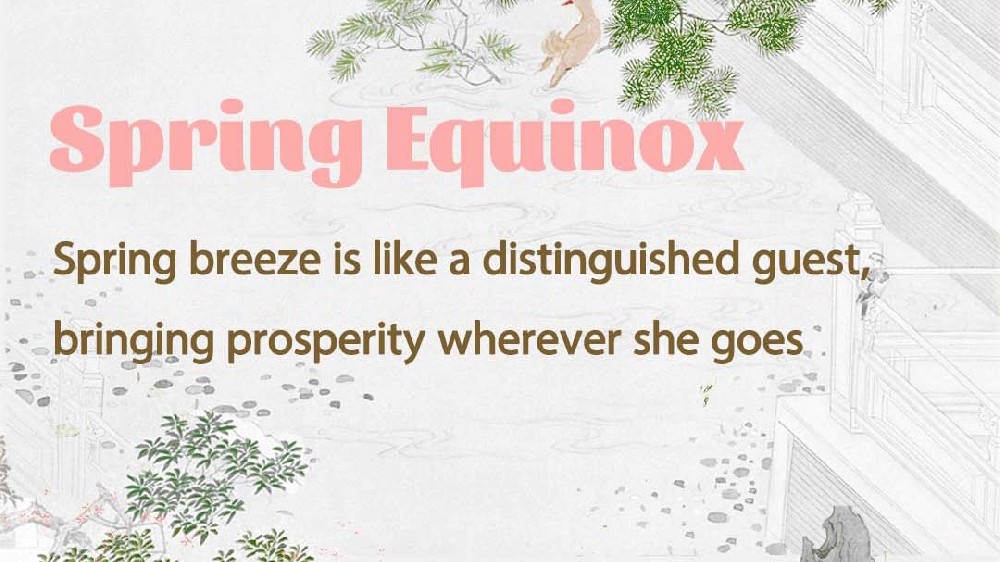Changbai Mountain Culture: Thousands of Miles, Thousands of Years
The Changbai Mountains form the highest mountain system in the easternmost part of Eurasia, with the main peak standing as the highest point in northeastern China. Serving as the border between China and the Democratic People’s Republic of Korea, the mountains hold profound historical and cultural significance.

Throughout human history in Northeast China, the Changbai Mountains have been a pivotal landmark. This region is a cradle of multiple ethnic groups, rich in agricultural diversity and deeply influenced by a unique blend of agriculture, forestry, animal husbandry and fishery. Its people, known for their bravery and martial spirit, also embody harmony and piety inherited from shamanic traditions. As a key gateway between China and Northeast Asia, the region has absorbed various external cultural influences over the centuries.
Culturally, the Changbai Mountain area is defined by its central peak and the interconnected mountain and water systems. Within this cultural zone, three complex ethnic lineages have been identified through archaeological studies.
Agriculture and martial traditions are central to the region’s identity. While ancient China embraced a tradition of combining farming with cottage industries, in the Changbai Mountains, fishing, hunting and gathering have remained integral to survival, relying heavily on the region’s natural abundance. The people here have historically depended on nature for sustenance—gathering plants and hunting animals to meet their needs. This hard-working and resilient population places great emphasis on horseback riding and archery, making them essential skills. Symbolically, saddles are often given as a bride price in marriage, while arrows are presented as blessings for childbirth.
The long history of multi-ethnic coexistence in this region has fostered deep cultural integration among the Korean, Khitan and Jurchen peoples, forming a shared lineage within the Chinese nation. This cultural unity has cultivated strong emotional bonds with the concept of a unified China. Over the centuries, the people of the Changbai Mountains have heroically defended their homeland against Tsarist Russian and Japanese invasions. During the Anti-Japanese War, under harsh and freezing conditions, local guerrilla fighters demonstrated unwavering resistance, crafting heroic epics of courage and patriotism.
Shamanic traditions have been a cornerstone of religious life for many ethnic groups in northeast China, and their core principles remain influential in the Changbai Mountain region today. For thousands of years, the people of Changbai have revered nature, cherished their homeland, and worked to preserve the surrounding ecological environment.

